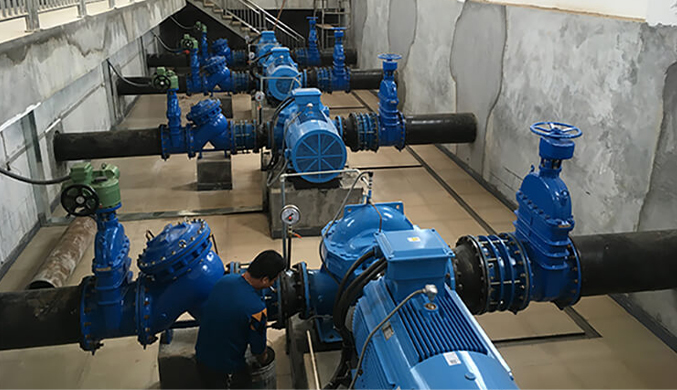English
- Afrikaans
- Albanian
- Amharic
- Arabic
- Armenian
- Azerbaijani
- Basque
- Belarusian
- Bengali
- Bosnian
- Bulgarian
- Catalan
- Cebuano
- Corsican
- Croatian
- Czech
- Danish
- Dutch
- English
- Esperanto
- Estonian
- Finnish
- French
- Frisian
- Galician
- Georgian
- German
- Greek
- Gujarati
- Haitian Creole
- hausa
- hawaiian
- Hebrew
- Hindi
- Miao
- Hungarian
- Icelandic
- igbo
- Indonesian
- irish
- Italian
- Japanese
- Javanese
- Kannada
- kazakh
- Khmer
- Rwandese
- Korean
- Kurdish
- Kyrgyz
- Lao
- Latin
- Latvian
- Lithuanian
- Luxembourgish
- Macedonian
- Malgashi
- Malay
- Malayalam
- Maltese
- Maori
- Marathi
- Mongolian
- Myanmar
- Nepali
- Norwegian
- Norwegian
- Occitan
- Pashto
- Persian
- Polish
- Portuguese
- Punjabi
- Romanian
- Russian
- Samoan
- Scottish Gaelic
- Serbian
- Sesotho
- Shona
- Sindhi
- Sinhala
- Slovak
- Slovenian
- Somali
- Spanish
- Sundanese
- Swahili
- Swedish
- Tagalog
- Tajik
- Tamil
- Tatar
- Telugu
- Thai
- Turkish
- Turkmen
- Ukrainian
- Urdu
- Uighur
- Uzbek
- Vietnamese
- Welsh
- Bantu
- Yiddish
- Yoruba
- Zulu
Telephone: +86 13120555503
Email: frank@cypump.com
Nov . 03, 2024 10:11 Back to list
what is mixed flow pump
Understanding Mixed Flow Pumps
Mixed flow pumps are a unique type of fluid machinery that combine the characteristics of both centrifugal and axial flow pumps. They are designed to move fluids efficiently in a variety of applications, making them an essential component in many industries, including water treatment, agriculture, and industrial processes.
Understanding Mixed Flow Pumps
One of the primary advantages of mixed flow pumps is their ability to handle larger volumes of fluid efficiently compared to pure centrifugal or axial pumps. This makes them particularly suitable for applications requiring high flow rates and moderate heads, such as in irrigation systems or cooling water applications. Their versatile design also means they can handle varying viscosities and contain solids in the fluid without significant performance loss.
what is mixed flow pump

Mixed flow pumps are typically used in situations where the desired head (the height to which the fluid can be lifted) is not extremely high, but the volume of fluid pumped is substantial. Common installations include drainage, flood control, and water supply systems. Additionally, they are utilized in various industrial processes, including chemical processing and wastewater treatment, where efficient fluid handling is critical.
When selecting a mixed flow pump, it’s important to consider several factors, such as the required flow rate, total dynamic head, and the nature of the fluid being pumped. The pump's efficiency can significantly affect operational costs, so choosing the right pump for the specific application is essential.
Maintenance of mixed flow pumps is crucial for long-term reliability and efficiency. Regular inspections and proactive maintenance can prevent common issues such as wear and tear on the impeller and seals, which can lead to reduced performance or unplanned downtime.
In conclusion, mixed flow pumps are a valuable asset in fluid management across various sectors. Their unique ability to blend the features of centrifugal and axial designs makes them ideal for high-flow applications with moderate head requirements. Understanding their operation and design characteristics helps in realizing their potential and optimizing their use in real-world applications.
-
ISG Series Vertical Pipeline Pump - Chi Yuan Pumps Co., LTD.|Advanced Hydraulic Design&Energy-Efficient Solutions
NewsJul.30,2025
-
ISG Series Vertical Pipeline Pump - Chi Yuan Pumps Co., LTD.
NewsJul.30,2025
-
ISG Series Vertical Pipeline Pump - Chi Yuan Pumps Co., LTD.|energy-efficient fluid handling&industrial durability
NewsJul.30,2025
-
ISG Series Vertical Pipeline Pump - Chi Yuan Pumps | Advanced Engineering&Industrial Efficiency
NewsJul.30,2025
-
ISG Series Pipeline Pump - Chi Yuan Pumps | High Efficiency, Energy Saving
NewsJul.30,2025
-
ISG Series Vertical Pipeline Pump-Chi Yuan Pumps|High Efficiency&Reliable Performance
NewsJul.29,2025










